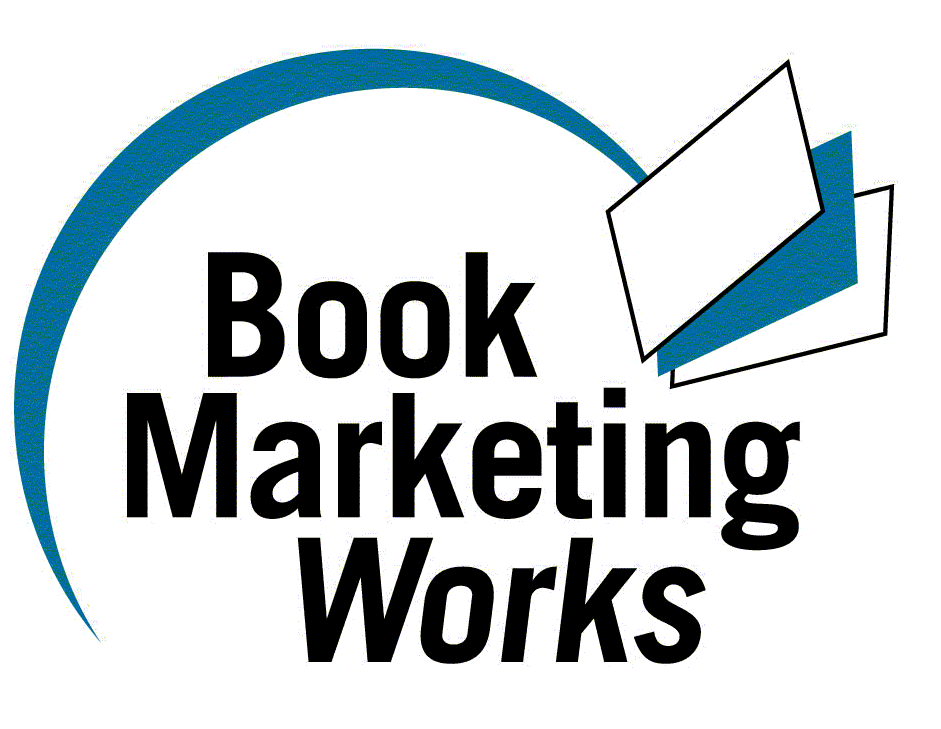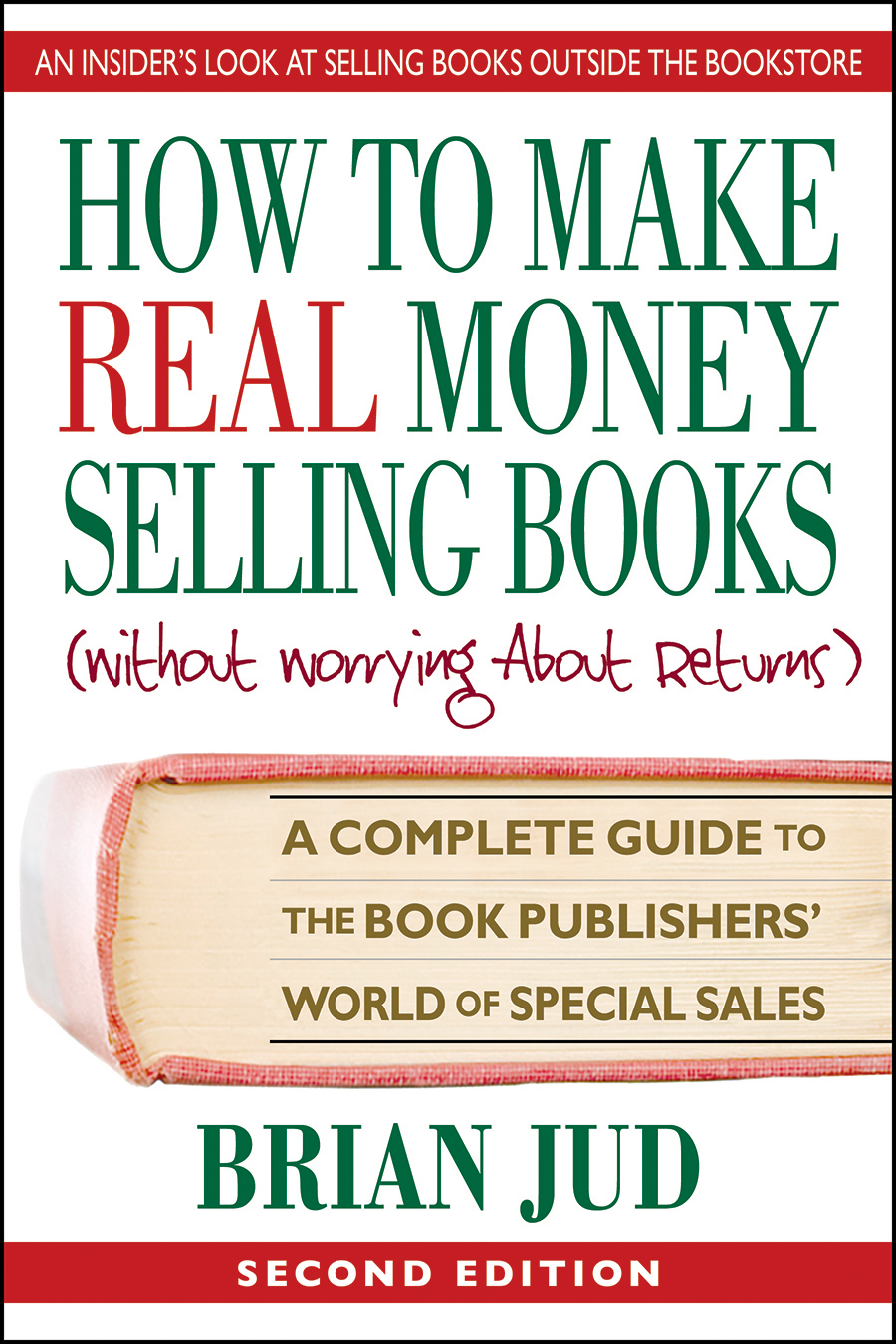|
I
Only Have "-ize" for You
By Brian Jud
Too many
independent publishers use the Christopher Columbus method of
planning. They do not know where they are going. When they get there
they do not know where they are. And when they return, they do not
know where they have been. This is not a good way to run a business.
You can avoid this situation by writing a strategic, functional plan
to market your books. Your plan should identify the most promising
business opportunities. It should clarify your goals and the
procedures you will use to move toward them efficiently. And it
should integrate all the elements of a complete promotional mix into
a strategic program to launch coordinated action. For a view of a
new planning formula, look through these "ize."
Recognize. A basic premise for successful marketing is to
find a need and fill it. You do this by researching three major
areas. First, discover what product opportunities exist. Second,
learn the demographics and psychographics of your prospective
customers. Finally, determine your potential market's size, growth
and competitive status.
Crystallize. According to a proverb, a journey of 1000 miles
begins with a single step. But what if that step is in the wrong
direction? Start your trek by deciding where you want to go.
Write a specific objective and the date by which you will accomplish
it.
Strategize. With your destination etched in your mind, begin
to plan how you will reach it. Start by creating strategies in each
of the Four Ps of marketing: Product, Place, Price and Promotion.
Should your product be a book, an audio package or a video program?
Will you market it through the traditional distributor/wholesaler
channels or directly to selected niches? Answers to these questions
will dictate your distribution network and discounts which in turn
impact your pricing strategy. Finally, describe how you will
coordinate the elements of your promotion mix by manipulating your
advertising, publicity, sales promotion and personal selling
strategies.
Once you determine your general strategies you must plan the
specific actions you will take in each of the four strategic areas.
If your product is to be a book, what size, color and shape will
make it most saleable? At what price? Which distributors will you
contact? To which reviewers will you send galleys or review copies?
What will be in your press kit, and to what television and radio
stations will you send it? Which trade shows will you attend? Will
you conduct a direct mail campaign?
Capitalize. There are hundreds, if not thousands, of actions
you can take to market your book. However, most publishers do not
have unlimited funds to perform them all. Therefore, you have to
create your financial statements to determine how to allocate your
existing money as well as when and how much you will need to borrow.
This is a good time to review your entire marketing program. If
expected revenue will not cover your planned expenditures and no
outside funds are available, what tactics will you eliminate and
what impact will they have on your income? For example, if you
eliminate a planned direct-mail campaign, you will also have to
reduce your earnings by the amount you forecasted that program would
generate. And do not forget to account for returned books.
Energize. Without action, planning only gives the illusion of
progress. Now it is time to put your
plan into action. Marketing a book successfully requires perpetual
promotion and it is up to you to do it. Perform each step according
to the way you planned it.
Scrutinize.
Action is not synonymous with accomplishment. You may be busy
promoting your book but you may not be getting closer to your goal.
Periodically assess your progress and make any changes that are
necessary. Know where you are at all times.
Realize. This planning formula organizes and directs your
thinking and actions to best exploit available opportunities. It
coordinates and unifies your efforts to make your budget more
efficient. And it helps you regain your bearings and look back to
see how far you have come.
Decide where you are and where you want to go. Then set your course
for smooth sailing toward a new world of publishing success.
|





